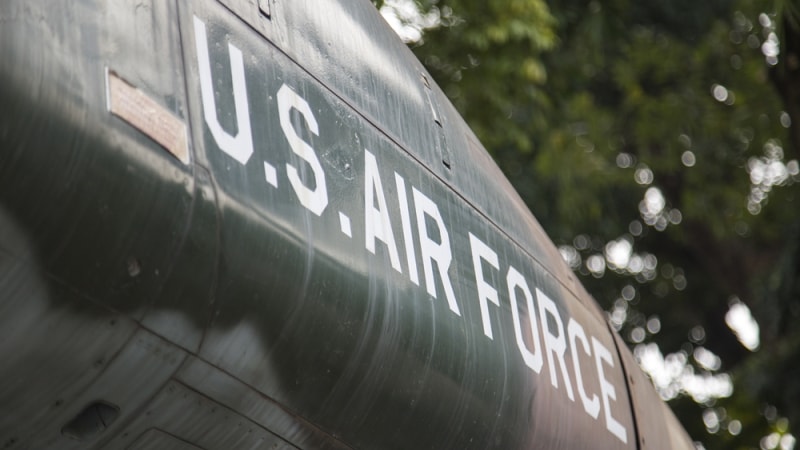
The Department of the Air Force has established a new communications directorate focused on warfighter communications and cyber systems – marking a strategic shift from the previous structure by separating those responsibilities from intelligence operations.
The creation of the AF/A6 office separates communications and cyber functions from the A2/6 framework in the Air Staff’s largest reorganization in more than 30 years.
The Air Force said the reorganization is intended to “improve readiness, resilience, and operational effectiveness” across the service by “aligning resources and risk management” more directly with mission requirements.
“We created the A6 to ensure communications and cyber systems are available, secure and aligned with warfighter priorities,” Air Force Chief of Staff Gen. David W. Allvin, said in a statement. “This office will help us focus resources and oversight where it matters most – supporting the mission in contested environments.”
The AF/A6 will provide enterprise-level advocacy on requirements, system architecture and funding, officials said. The AF/A6 will coordinate with several stakeholders, including the Air Force chief information officer, the principal cyber advisor, major command A6 offices, acquisition program managers, and other operational and functional communities.
“Standing up the A6 allows us to manage risk, prioritize limited resources and advocate for warfighter needs using data from across the enterprise,” said Lt. Gen. Leah Lauderback, former Deputy Chief of Staff for Intelligence, Surveillance, Reconnaissance and Cyber Effects Operations.
Lauderback further explained that the A6 will connect operational feedback to strategic planning and help position communications and cyber systems as essential elements of mission operations.
Maj. Gen. Michele Edmondson has been appointed as the first deputy chief of staff for the AF/A6 office and is expected to lead efforts to deliver integrated and resilient communications systems across all domains.
“Our mission is to ensure warfighters have the reliable, secure communications they need to succeed in a complex and contested environment,” Edmondson said. “We’re building an enterprise that connects people, systems and decisions at the speed required by today’s operational demands.”
The new office is part of a broader Department of Defense initiative to modernize command and control capabilities, including support for the Air Force Battle Network and Combined Joint All-Domain Command and Control (CJADC2).
Officials emphasized that the office will adopt a warfighter-centric approach to support current mission capabilities while shaping future investment and force design decisions.
